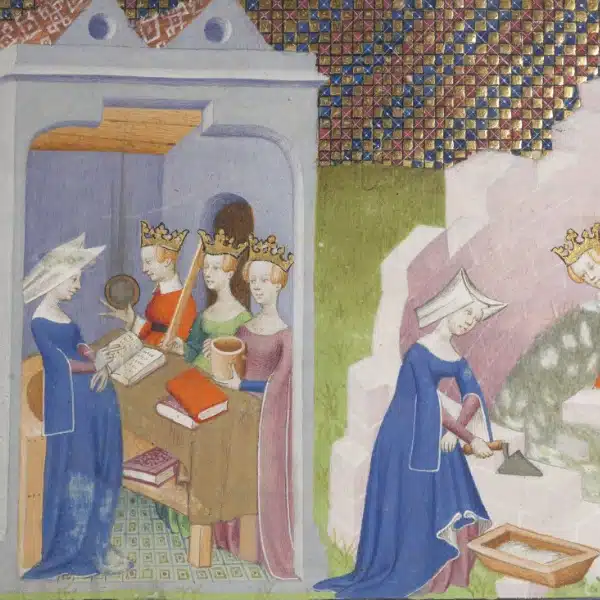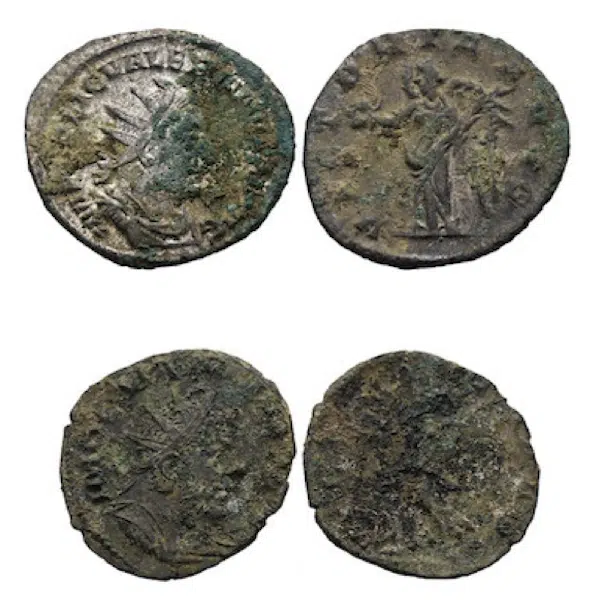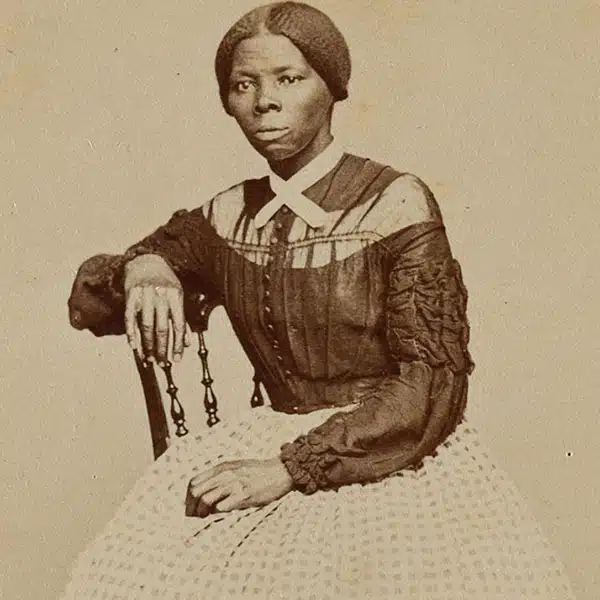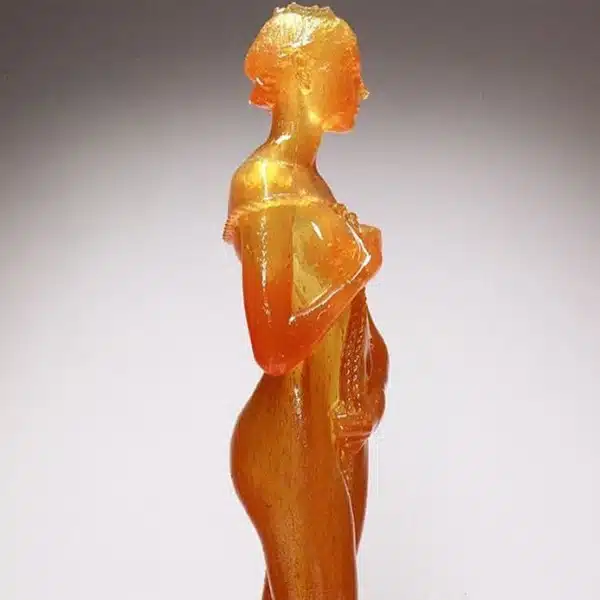
A prayer nut was an extravagant, intricately carved boxwood carving from the Middle Ages that could be carried and used for private devotion. Owned mainly by the wealthy in northern Europe, a prayer nut was as much a status symbol as a sign of faith, as only those with money could afford them.
The decorative items are small, measuring only a few inches in diameter. When closed, the object resembles an elaborately carved nut that could be worn on a belt or a rosary. Once opened, the interior reveals incredibly detailed, religious scenes like the Crucifixion. Aromatic fragrances were often inserted into the woodwork with the intention of enhancing the emotional experience for the user. Delicate and complex, prayer nuts were highly prized as works of art and can be found on display in many of the world's leading museums today.
Above: Prayer nut on display at the Kunsthistorisches Museum in Vienna
Photo credit: Albert (via)

16th-century Netherlandish prayer nut on display at the British Museum in London

16th-century Netherlandish prayer nut on display at the British Museum in London

16th-century Netherlandish prayer nut on display at the British Museum in London

16th-century Netherlandish prayer nut on display at the British Museum in London

16th-century Netherlandish prayer nut on display at the British Museum in London
 16th-century Netherlandish prayer nut on display at the British Museum in London
16th-century Netherlandish prayer nut on display at the British Museum in London
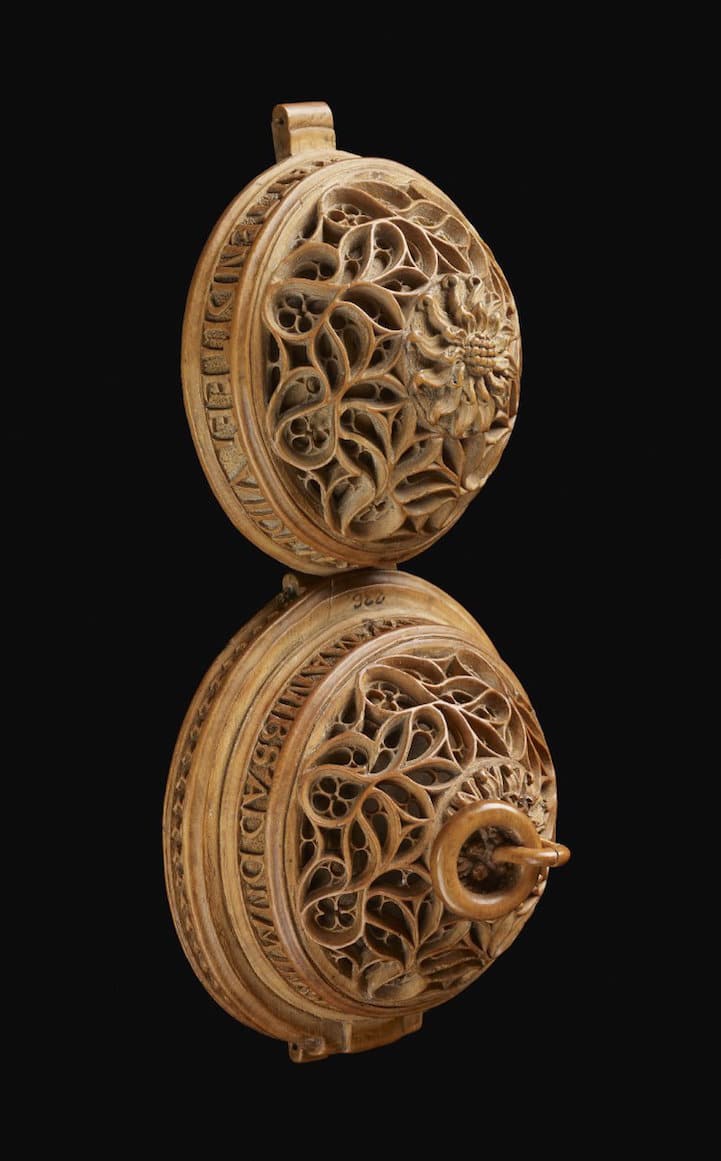
16th-century Netherlandish prayer nut on display at the British Museum in London

16th-century Netherlandish prayer nut attributed to Adam Theodrici, on display at the Rijksmuseum in Amsterdam

16th-century Netherlandish prayer nut sold by Sotheby's











































































